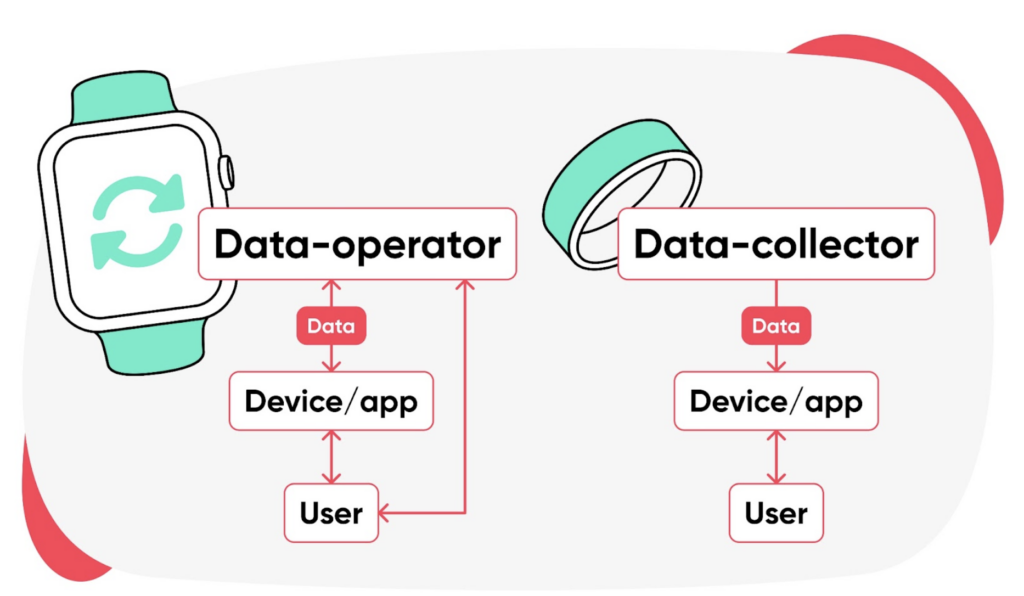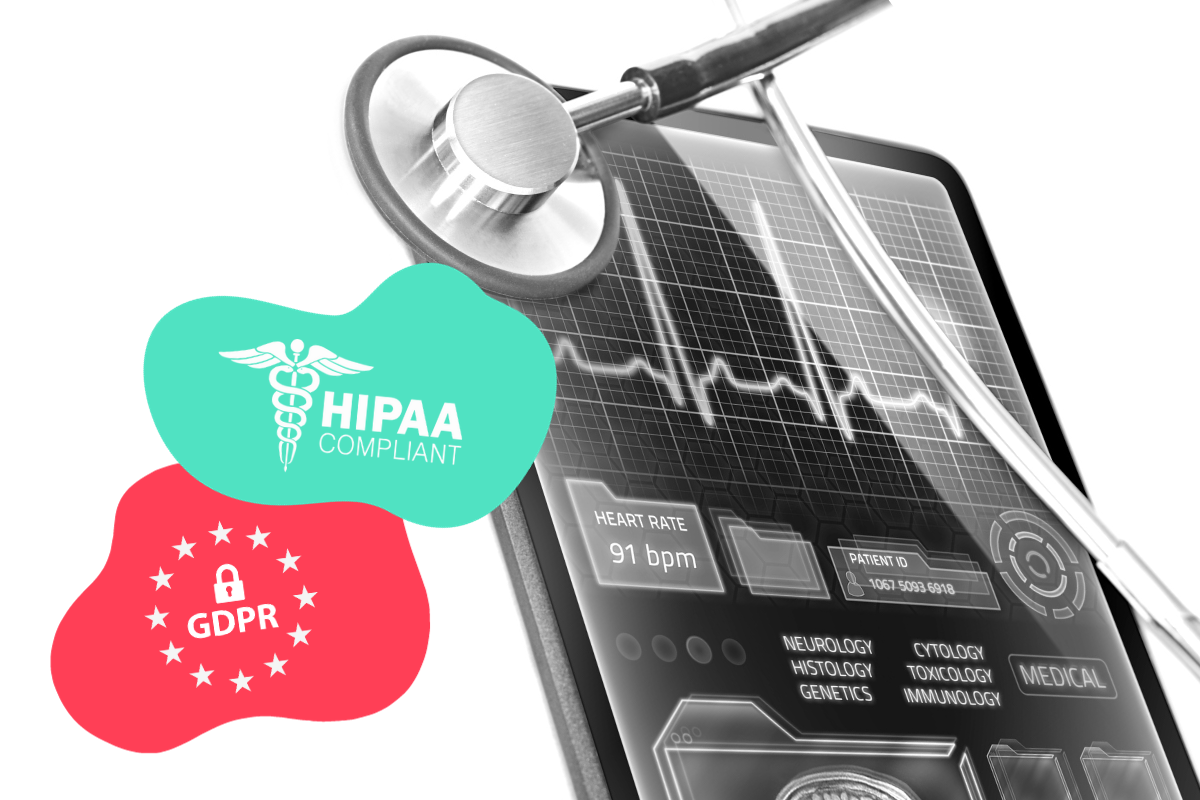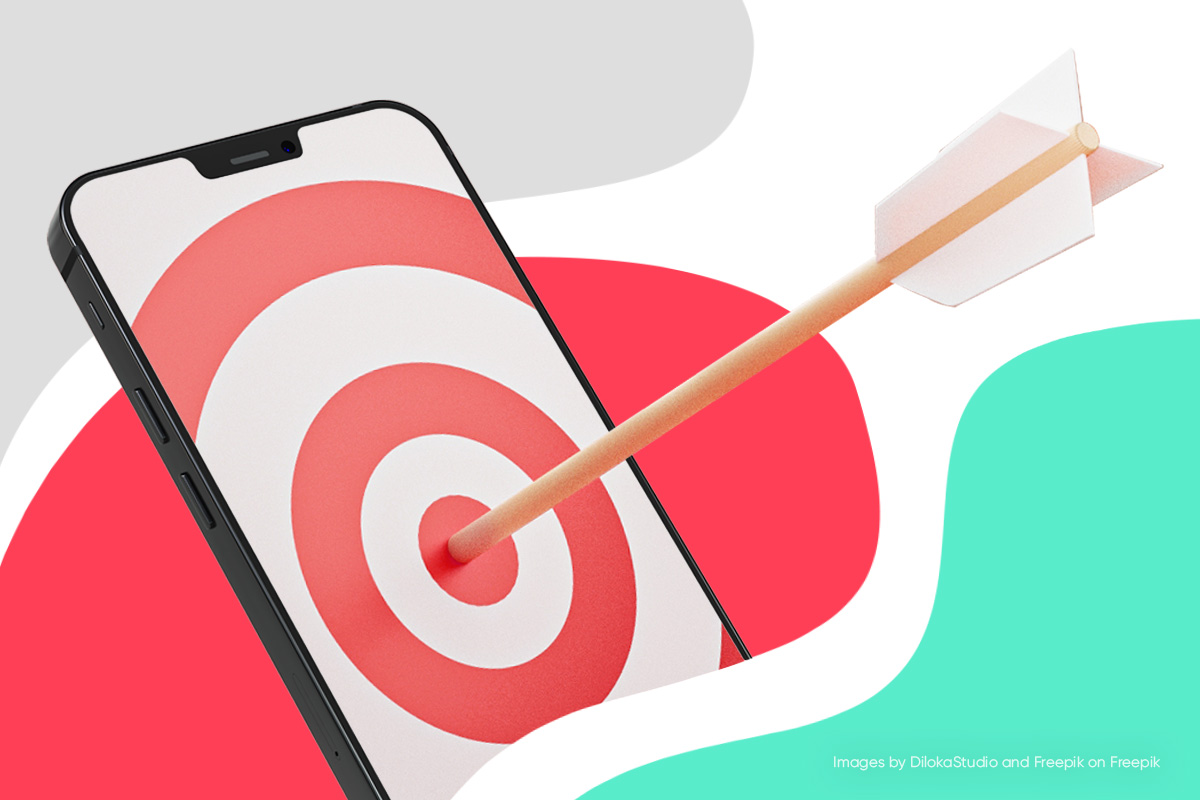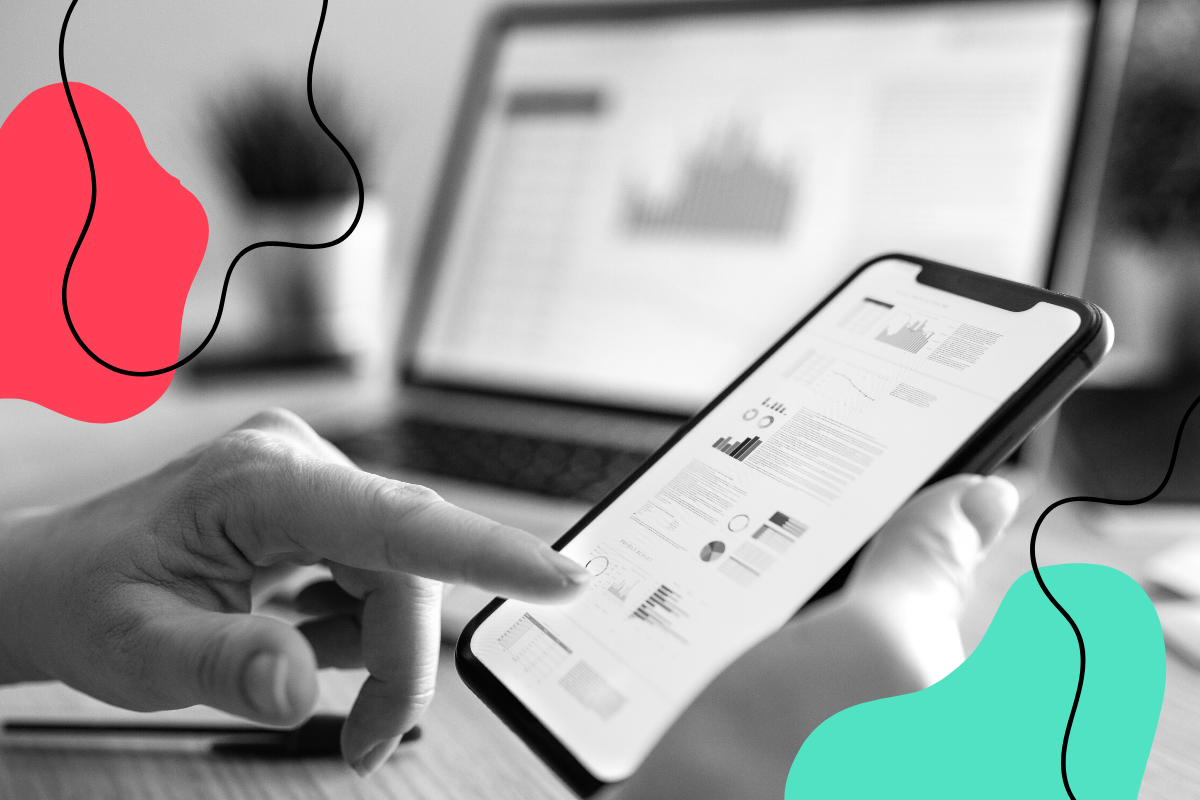Revolutionizing healthcare with smart device integrations

The rise of specialized smart devices
Using smart devices has now become a completely normal daily routine. They make our lives easier, they help us to accomplish certain tasks a lot more effectively. Thanks to the fact that many types of smart devices are available, their use is increasingly common.
As we discussed in our article on goal-focused apps (you can read the article here), multiple devices and apps lead users to goal orientation instead of multi-functionalization. Therefore, we use more and more different tools specifically to perform special tasks in the most optimal way, instead of expecting one tool to perform all tasks. This is especially true for mobile smart devices, the market of which will become more and more powerful.
Optimizing digital health with smart device integration
As the number of applications grows, apps in certain industries, such as digital health, need to stand out from the crowd. A great way to achieve this is by combining apps with home devices, consumer electronics, and IT products, which can offer greater potential. In some cases, a healthcare application can be sufficient based on its features, in case its functionality provides relevant advantages for its users.
Therefore, when designing an application, it is worth considering whether it is necessary or recommended to utilize these other, unique platforms as well. We’ll now examine a couple of these platforms and their potential. This list does not cover laptops and smartphones: we focus only on more specialized devices.
The purpose of such smart devices is to provide an effective tool for specific problem-based needs (such as health monitoring, remote control, quick information acquisition, etc.). As a result, the design and development of these need to be approached from a slightly different perspective than for classic screens and displays.

Smart device types, illustration made by bene : studio
There are two types of such devices:
- Data-operator: It can run several applications, and we can manage, collect, store, and send data with it.
- Data-collector: It’s designed for a specific function and sends data to another device, usually with a more complex interface.
Thus, in both forms it is worth planning and calculating with the given options: while in the first case, we can collect, view, and use our data, in the second case we can work with the data obtained from the device on another suitable device.
Smartwatches
Let’s start with one of the most popular smart devices: the smartwatch. It’s not new technology, and many manufacturers already possess extensive knowledge about it, encompassing both technology and user experience. Smartwatches are also quite popular as fashion accessories. Their main benefits include providing real-time feedback on our health, regular information from other devices, and, of course, they function as a clock. 🙂
Despite its small size, the smartwatch has a display that allows for the management of our services. We can comfortably manage one or two functions within the available display size. However, if we need to handle a broader scope of functionality, switching to a device with a larger display becomes necessary.
From a health platform perspective, smartwatches are capable of measuring, analyzing, and storing accurate health data using their body sensors. This makes them an excellent platform for both general and specialized health purposes. On one hand, they are always conveniently accessible, and they can store data synchronously with other compatible smart devices, broadening the potential uses of the stored data.
Smart watch, Image by Freepik
If you are also interested in technical innovations relevant to your product and would be open to implementing them, feel free to contact us!
Smart rings
However, some people are not particularly fond of smartwatches. This could be because they view a watch primarily as a fashion accessory or a piece of jewelry, or perhaps the functionality of a smartwatch does not appeal to them. Nevertheless, fashion-related IT devices hold significant potential, and manufacturers are keen to cater to these users. This has led to the creation of new, more interesting, and more elegant solutions, such as the smart ring.
This device is similar to smartwatches in terms of health functions, as its sensors can perform real-time health measurements. The most significant limitation might be the size or the absence of a display. However, the discreet style of the device offers a great opportunity for those who want to make a diagnosis of themselves and to access and control their other smart devices by doing so.
The smart ring market appears to be gaining traction, partly for the reasons mentioned above, and also because we are in an era where devices with sound and gesture-based control are increasingly important. Such a device can offer and support these features.
These devices are capable of generating and synchronizing data relative to the potential they provide. It’s not inconceivable that apps specifically designed for smart rings will become available in the near future.
Oura ring, Image source: Oura
AR/VR glasses
In our previous article, we discussed the potential of AR/VR tools (you can find the article here). It’s still useful and important to mention them again, as the potential of these devices appears quite clear, thanks to their compliance with almost all the needs of the modern age:
- The display is of sufficient size and has the option of displaying
- Controlled with gesture, sound, and gaze-based input
- Compact size
- Excellent synchronization options with other devices
- Apps are available on these devices
From a health point of view, this platform is ideal for educational and editorial use cases. And based on their current rapid development, this area can grow even further. Of the more special smart devices, this is the segment that could be closest to the utility of smartphones, laptops, and personal computers in the near future.
Apple Vision Pro, Photo by Apple
More smartness
Image by rawpixel.com on Freepik
Technological solutions now extend beyond mere home or work equipment, encompassing a much broader range. Manufacturers are increasingly exploring the smart capabilities inherent in all types of devices. As a result, not only alarm systems and fridges can be smart today, but also coffee machines and even our beds.
Their aim is to make useful features available where they are most relevant. Hence, the range of equipment now includes clothing, means of transport, entertainment products, and many other areas.
Of course, this doesn’t mean that when developing an application, we should consider all available technologies and how our app could work with, say, a smart microwave. Rather, it’s crucial to understand the trend that characterizes the balance between online services and product solutions.
Conclusion
Not every smart device is a potential platform for our applications, but the innovation within these devices influences each other. Thus, as they develop, the potential of more widely popular devices can also expand.
If we have a special product, it may be beneficial to consider if there is a tool that’d be a great complement to our product. Initially, the focus is often on more popular products (currently, the markets for smartwatches and AR/VR devices have the best potential), but innovative solutions and products may soon become commonplace.
Remember: every solution starts as an innovative idea, then evolves into an effective solution, and eventually becomes a user demand and expectation that everyone will be prepared for.
We can help you find the best platforms and solutions for your product. Feel free to contact us!






